Keep your engine running cool year-round by knowing how to inspect your car’s cooling system.
Believe it or not, the engine’s cooling system might be one of the most important fluids in your car. Sure, you’ll want to make sure to properly change your engine’s oil and other fluids, but failing to properly inspect and maintain the cooling system can lead to extensive internal engine damage. Here is what you need to know about inspecting your car’s cooling system to keep it running properly on the hottest summer days and coldest winter nights.
Table of contents
- Keep your engine running cool year-round by knowing how to inspect your car’s cooling system.
- What’s Included In Your Car’s Cooling System?
- How Does The Cooling System Work?
- What Is a Cooling System Inspection? Why Is It Important?
- How Often Should I Have My Cooling System Inspected?
- Can I Inspect The Cooling System Myself?
- What Components Need Inspection? What Do I Look For?
- Keep Your Engine Cool with FIXD
What’s Included In Your Car’s Cooling System?
As with any system in your car, the cooling system consists of numerous parts. Below is a list of all of the key components to check.
Engine block: The whole point of the cooling system is to keep your engine running at optimal temperatures, and the engine block is designed with ports and channels to let the coolant flow easily throughout the block. The head gasket and freeze plugs are areas of the engine that should be inspected.

Cooling fan: A cooling fan can be mechanical (running off the engine) or electrical, but either way, it is designed to blow air across the radiator to keep coolant at a specific temperature.
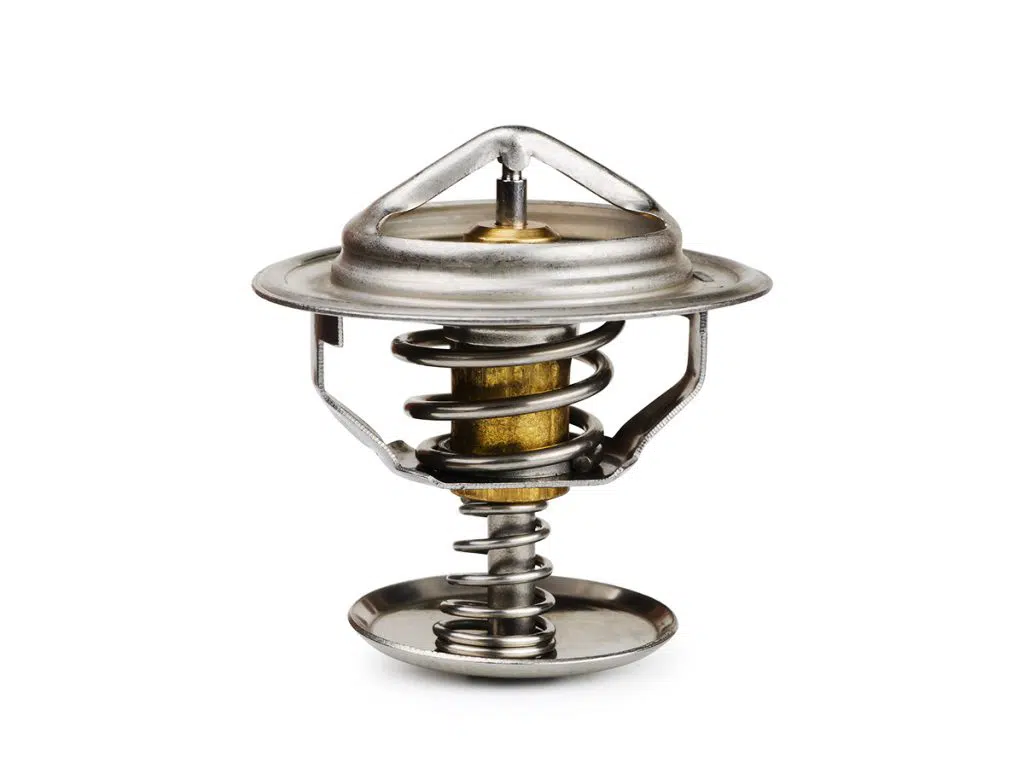
Thermostat: The thermostat is a mechanical valve that opens and closes depending on the temperature of the coolant, and it helps to regulate the temperature of the coolant flowing through the engine.
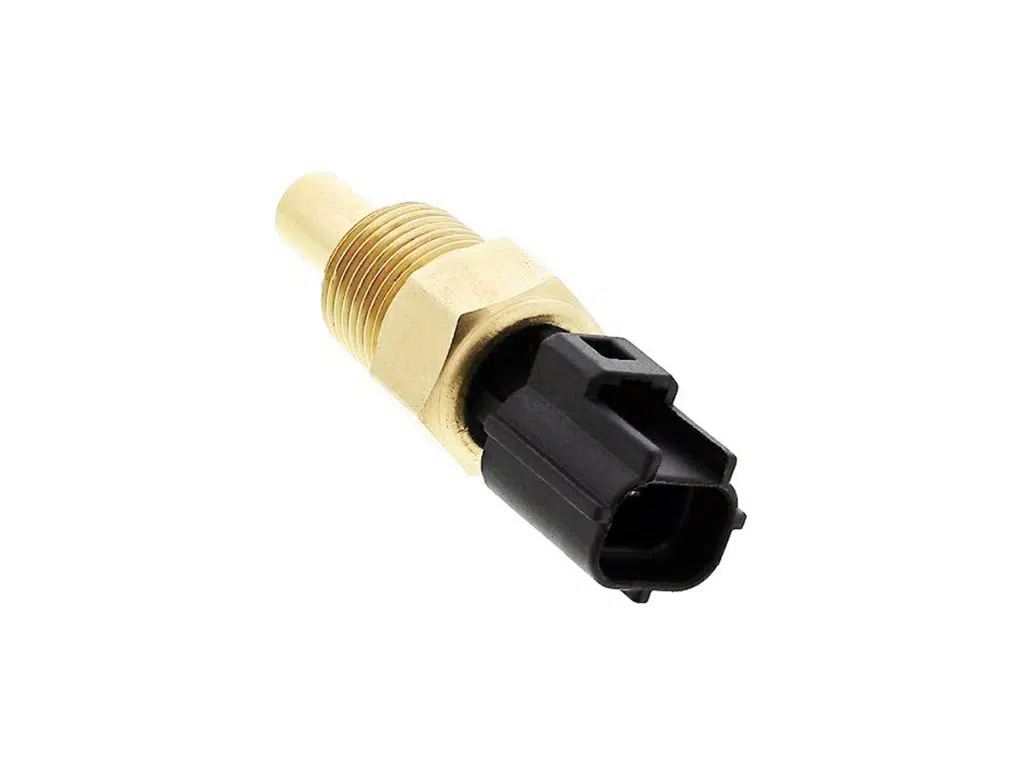
Engine Coolant Temp Sensor: This sensor is usually mounted near the thermostat to monitor the engine coolant temperature. A failed sensor can cause a check engine light, and these sensors are generally pretty easy to replace.
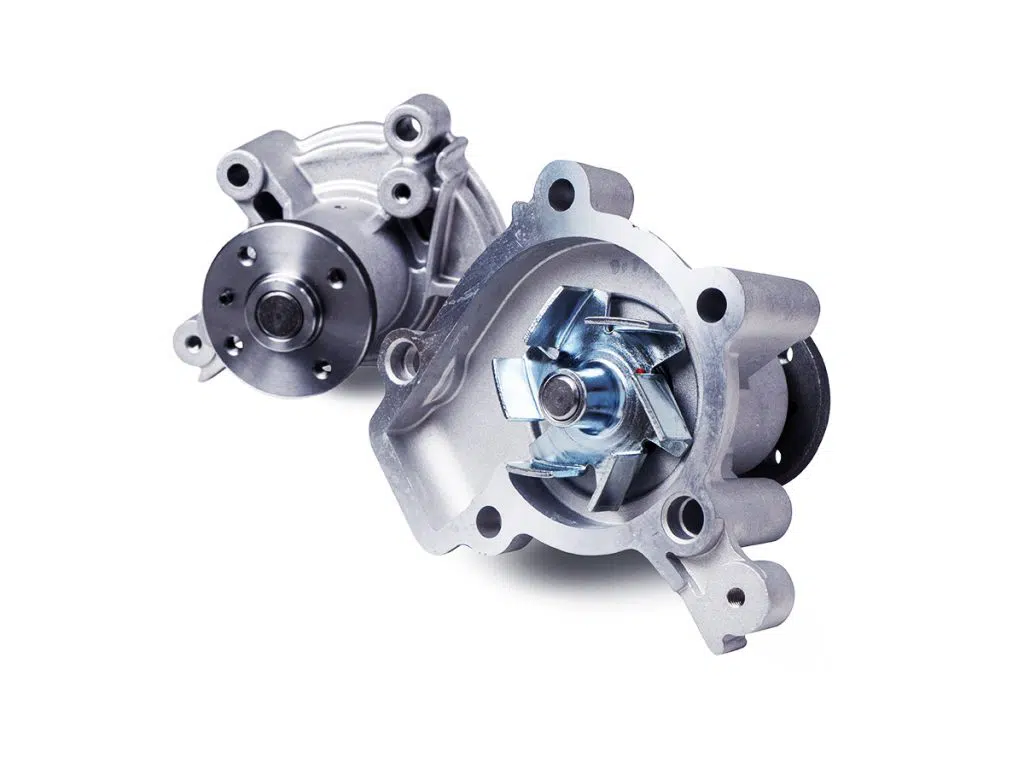
Water pump: The water pump’s job is to keep the coolant circulating throughout the cooling system using an impeller (made of plastic or metal) that spins by using the serpentine belt or timing belt.

Drive Belt: On most modern cars, the drive belt is a single belt called the serpentine belt, and it can drive the water pump and mechanical cooling fan. When inspecting the drive belt, don’t forget to inspect the belt’s pulleys and tensioner.
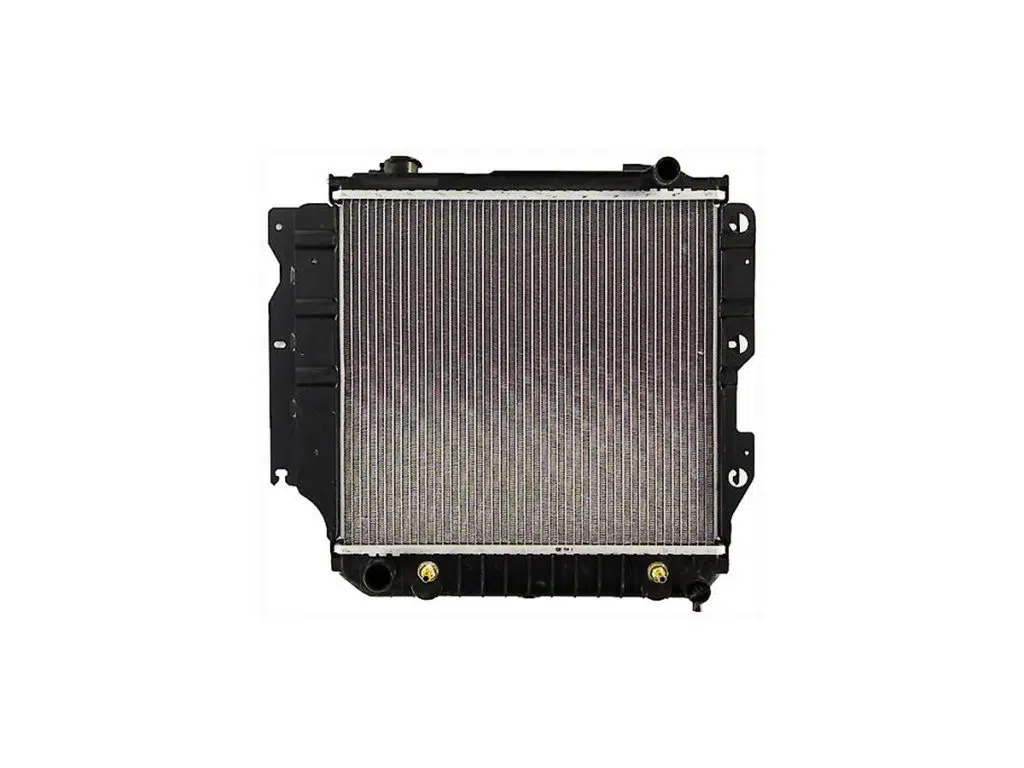
Radiator: The radiator keeps the coolant “cool” by allowing air to flow through its many fins and then recirculate this coolant back into the engine.
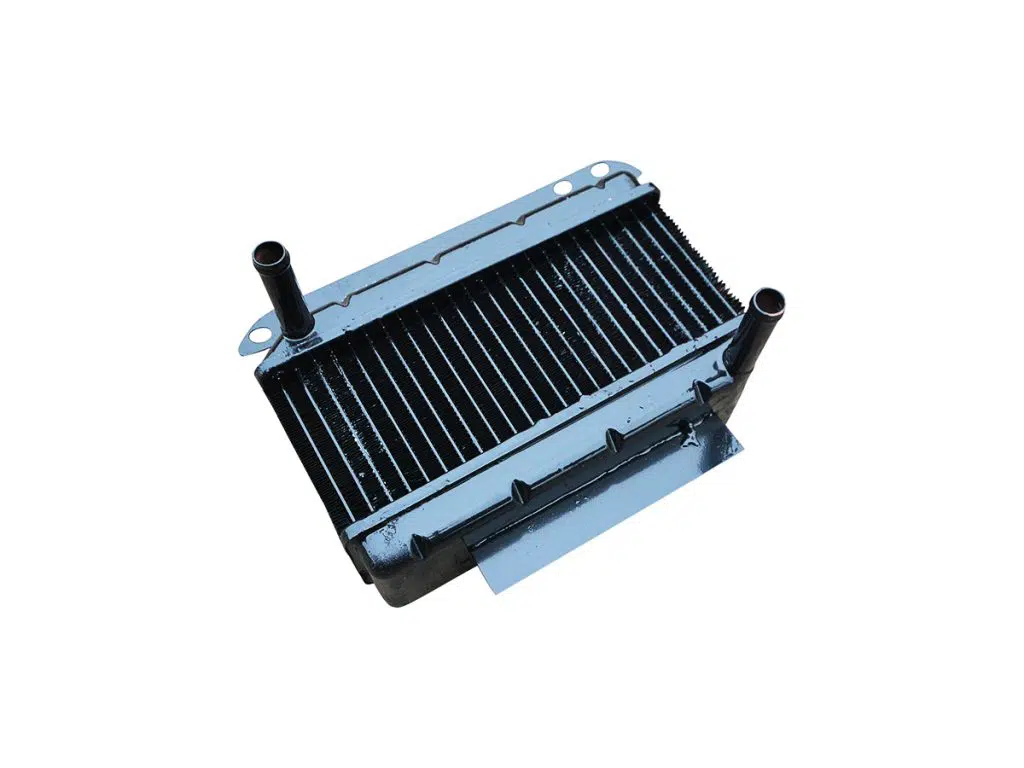
Heater core: The heater core is located inside the vehicle, and it lets hot coolant flow into the car to provide heat to the HVAC system.
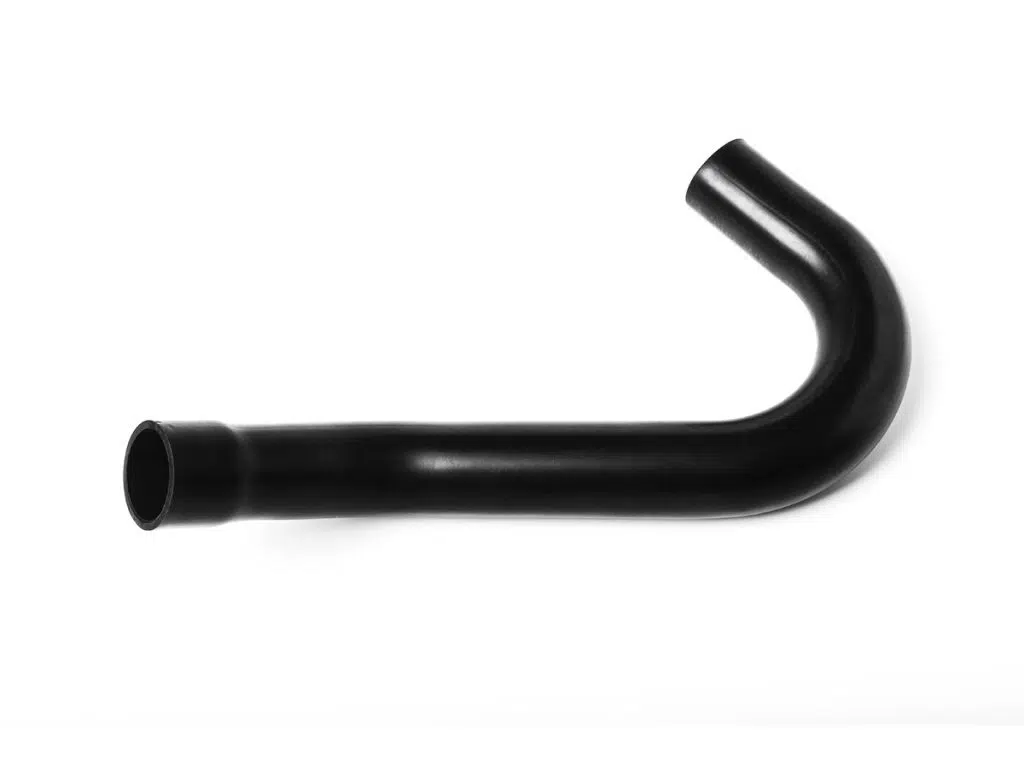
Hoses: An assortment of rubber hoses help transport the coolant from the radiator to the engine, heater core, water pump, etc.
Coolant reservoir: The coolant reservoir is where extra coolant is stored, and it also acts as an overflow when the engine starts to overheat. On some newer cars, the coolant reservoir is where the radiator cap is located making this the spot to check the coolant level and condition.
Coolant: Engine coolant is the lifeblood of the cooling system, and it’s also referred to as antifreeze since it’s designed not to freeze in cold weather conditions. Always use the proper coolant recommended for your vehicle, and pay close attention to the filling instructions (most newer coolants do not need to be mixed with water).
How Does The Cooling System Work?
During its normal combustion cycle, the engine produces a lot of heat, and without the cooling system, the engine would run too hot and fail. The whole point of a car’s cooling system is to circulate coolant throughout the engine to keep the engine running at an optimal temperature (usually around 200 degrees Fahrenheit).
The coolant is stored in (and cooled by) the radiator, and it is distributed around the engine using the water pump. If there is a blockage in the cooling system or excessive fluid is lost to overheating or a leak, the engine will overheat causing damage to the engine block and/or internal engine components.
What Is a Cooling System Inspection? Why Is It Important?
A cooling system inspection is a quick look at the engine’s cooling system to ensure that the coolant is in the proper condition and that there are no leaks. While it isn’t possible to inspect internal components, performing a visual inspection of the cooling system should help prevent any surprise issues from popping up.
How Often Should I Have My Cooling System Inspected?
Most automakers suggest an engine coolant change every 30,000 miles or so, but you should inspect your cooling system annually or even twice a year if you live in extreme climates. The cooling system is put under added stress in the hot summer months as well as the frigid winter temperatures, so inspect your cooling system (and top off your coolant) as the seasons change.
Can I Inspect The Cooling System Myself?
Absolutely. Even if you don’t intend on performing repairs by yourself, you can easily perform a visual inspection of the cooling system. Since you shouldn’t have to remove any parts to inspect the cooling system, the only tool that you’ll need for this inspection is a flashlight.
What Components Need Inspection? What Do I Look For?
The first thing to do when inspecting the cooling system is to check the condition of the engine coolant. With the engine cold, remove the radiator cap to inspect the coolant. Today’s coolants come in a variety of colors (orange, green, and pink), but you’ll want to verify that the coolant isn’t dirty or milky.
While you’re near the radiator, inspect the cooling fins to ensure there isn’t any debris or damage as this would limit the effectiveness of the radiator. Next do an inspection of the coolant hoses: visually inspect for any damage that could cause a leak and then feel the hoses to make sure they aren’t brittle. Similarly, the serpentine belt should be smooth and not show any cracks, and both sides should have a matte finish… not glossy.If you’re chasing a coolant leak, look for dark or discolored areas of the engine block that could lead a trail back to the leak’s source. You can also buy a pressure tester, which attaches to the top of the radiator and allows you to apply pressure to the cooling system to replicate the leak. Finally, if you have a check engine light on because of a faulty engine temperature sensor, double check the wiring and the connector to make sure both are in proper working order.
Keep Your Engine Cool with FIXD
Your engine’s cooling system is a vital component to keeping your car running happy and healthy, so don’t forget to give it regular inspections to ward off any surprises. Whether you have a check engine light on or you just want to send a maintenance/inspection reminder, get FIXD and download the free app today!

Lifelong automotive enthusiast with a soft spot for offroading. Wrencher turned writer, but I still love to tinker on just about anything with an engine. Dream car: tie between a ‘71 Hemi ‘Cuda and a ’91 GMC Syclone. #GirlDad #SaveTheManuals














